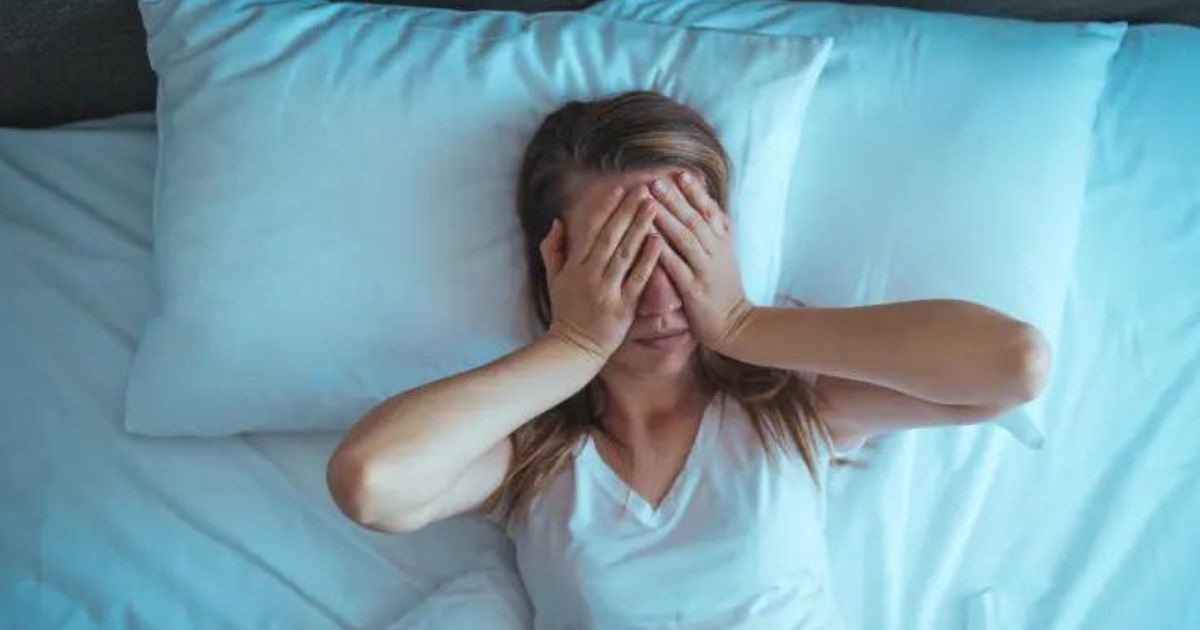In a peculiar yet widely embraced trend, people on TikTok are swearing by the “cricketing” technique to usher in a peaceful night’s sleep. With 53.4 million views under the hashtag #cricketfeet, users are sharing videos of themselves rubbing their feet together before bedtime, claiming that this quirky method helps them drift off into a snug and restful slumber.
The term “cricket feet” has become a sensation on TikTok, with individuals like Marissa (@rissmonte) sharing videos of themselves engaging in this pre-sleep ritual. Commenters on these videos express their surprise and delight at discovering a shared affinity for the cricketing technique, emphasizing its comforting and sleep-inducing effects.
One TikToker, Kristen from Maine (@notyouraveragethrpst), with over 426,000 followers, highlights her newfound appreciation for the cricketing technique. Followers join the conversation, revealing that they, too, rely on this foot-rubbing hack to swiftly transition into a deep slumber.
Many users express nostalgia, recounting childhood experiences where parents recommended this technique for relaxation.
Experts weigh in on the science behind cricketing, explaining that the technique serves as a form of “self-stimulation” or “stim,” commonly employed by individuals who are neurodivergent, including those with ADHD or on the autism spectrum.
Cricketing helps regulate and soothe the nervous system, offering a means of self-soothing and promoting self-regulation.
Benefits of Cricketing:
The viral trend sheds light on the tangible benefits of the cricketing technique. Users consistently report a sense of comfort, relaxation, and an accelerated transition into sleep. Social media comments echo the sentiment that this simple and quirky practice has become a nightly ritual for many, contributing to improved sleep quality.
Several commenters express surprise at the realization that the foot-rubbing technique they’ve been practicing is known as “cricketing.” The phenomenon unveils the commonality of this age-old practice, with individuals recounting how they’ve unknowingly engaged in cricketing throughout their lives. The newfound awareness creates a sense of camaraderie among users who share this common sleep ritual.
As users on TikTok note that cricketing is considered a type of “stim,” the discussion expands to include the broader context of self-soothing behaviors among individuals who are neurodivergent. The trend inadvertently fosters awareness and understanding of the diverse ways people cope with stress, anxiety, and the pursuit of better sleep.
Sleep experts and psychologists weigh in on the cricketing trend, validating the reported benefits. The act of rubbing feet together is recognized as a form of sensory stimulation that can have a calming effect on the nervous system. Experts emphasize the importance of individualized approaches to sleep and stress management, acknowledging that what works for one person may not work for another.
The TikTok trend becomes more than just a quirky sleep hack; it evolves into a community-driven conversation. Users share stories, insights, and advice, creating a virtual support network for those exploring the cricketing technique. The sense of communal understanding and shared experiences fosters resilience and adaptive coping strategies.
The “cricketing” phenomenon exemplifies the power of social media to bring attention to simple yet effective sleep techniques. Beyond the trend’s entertainment value, it sparks conversations around self-soothing, neurodivergence, and the diverse ways individuals navigate the quest for a good night’s sleep. As the cricketing community grows, it becomes a testament to the collective search for comfort and tranquility in the realm of sleep.








Leave a Reply
You must be logged in to post a comment.